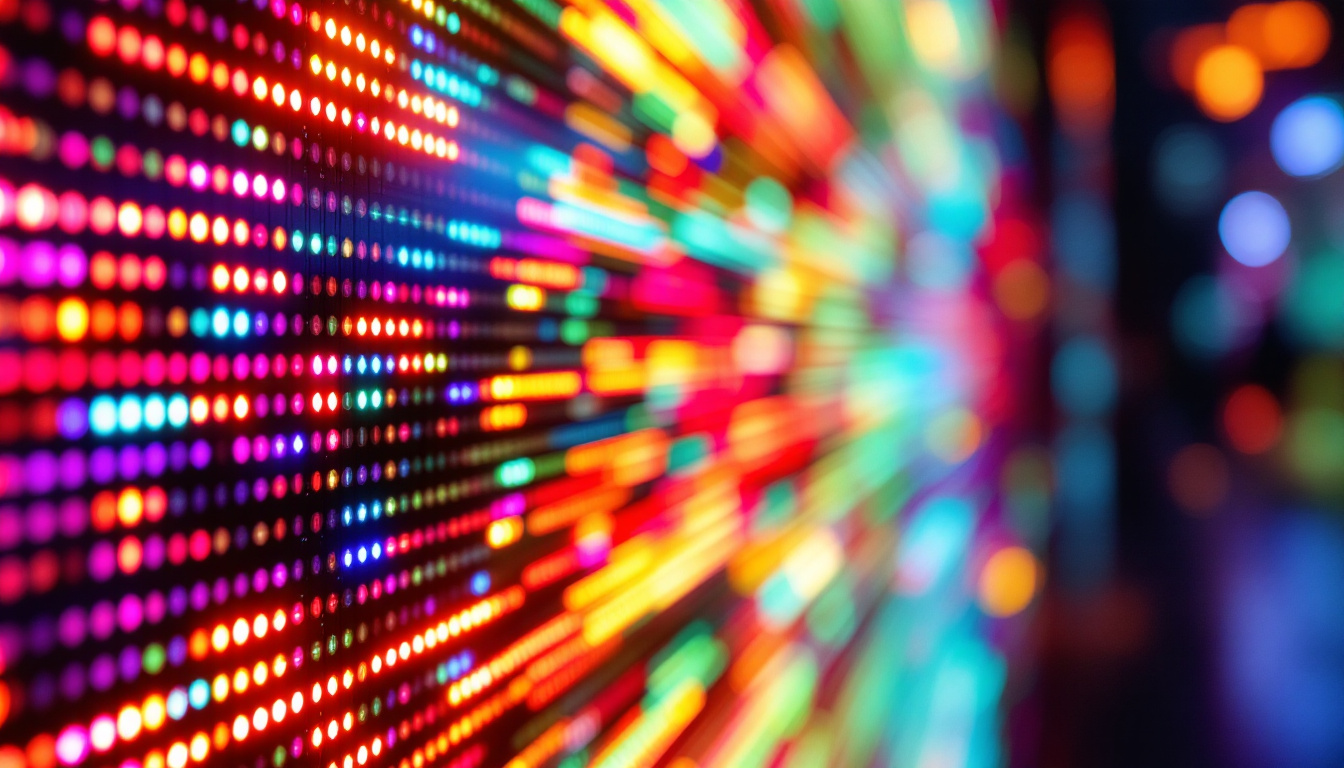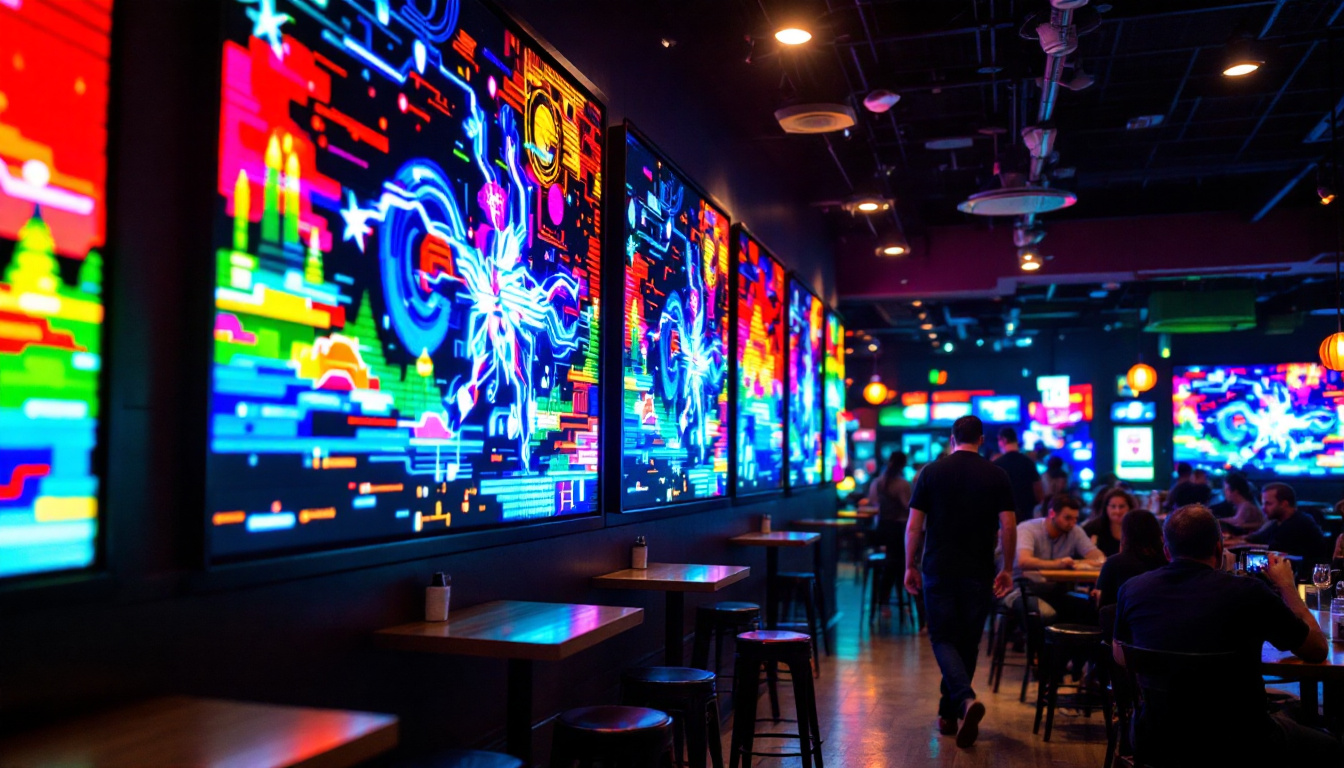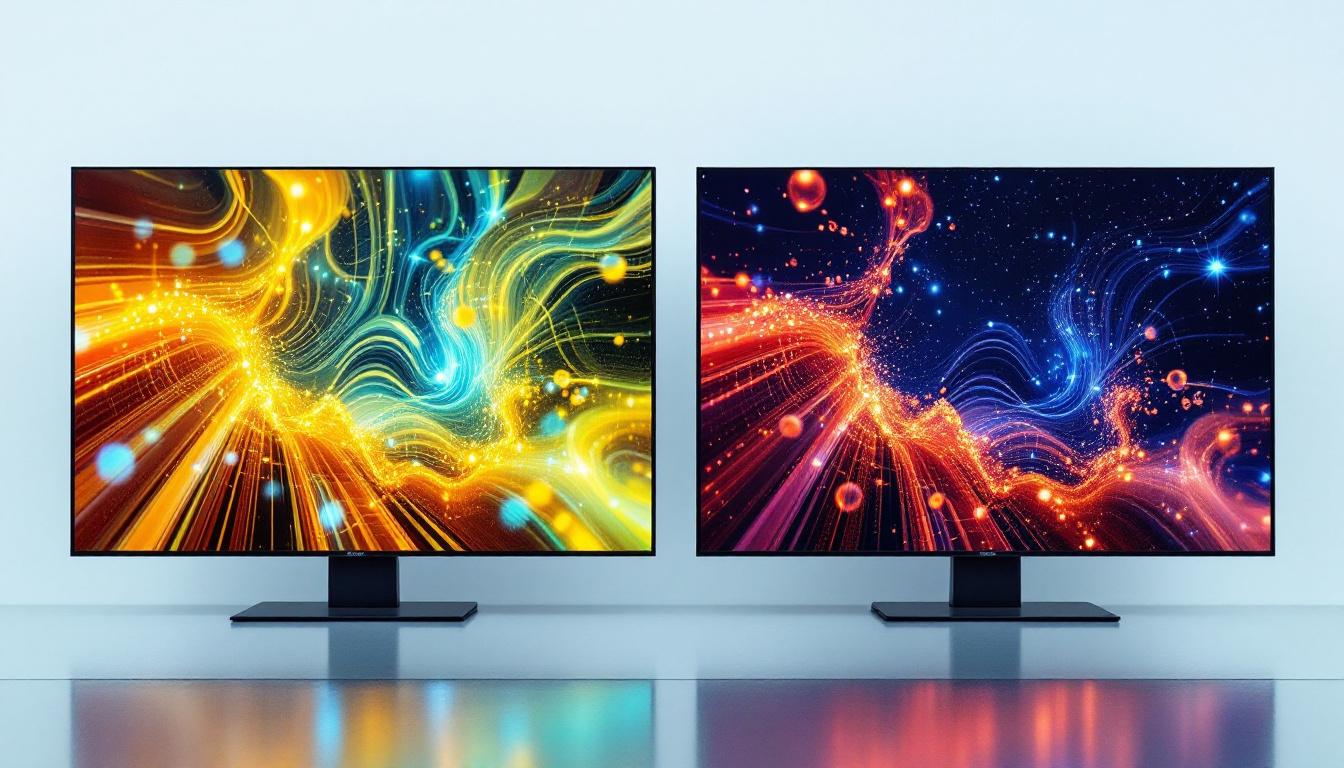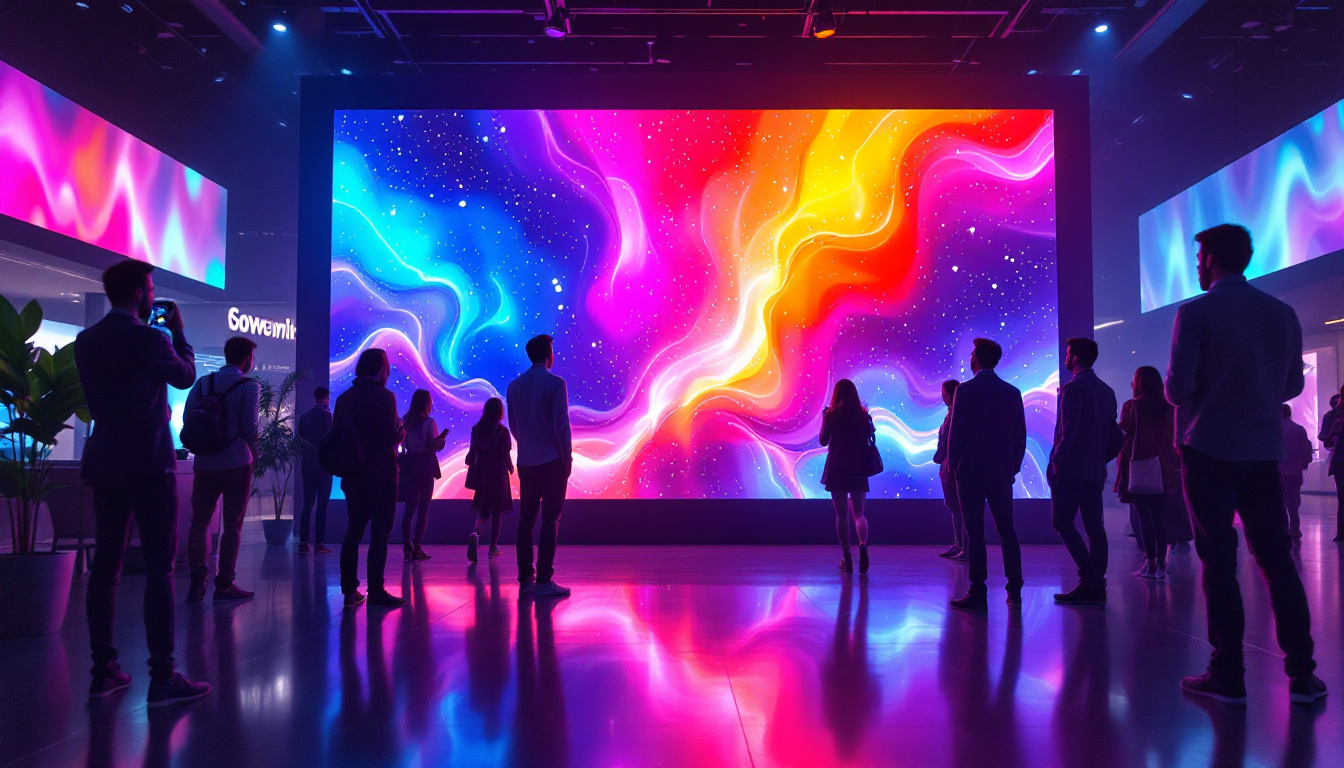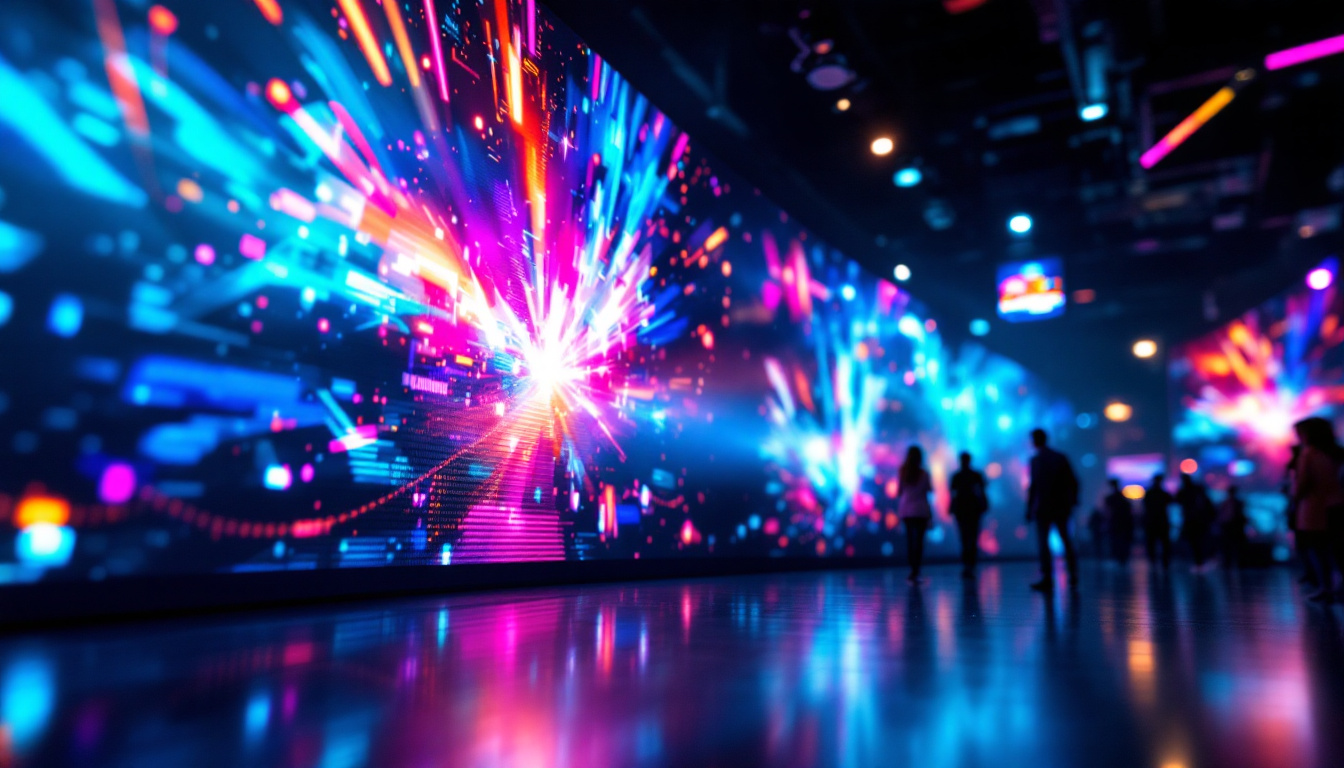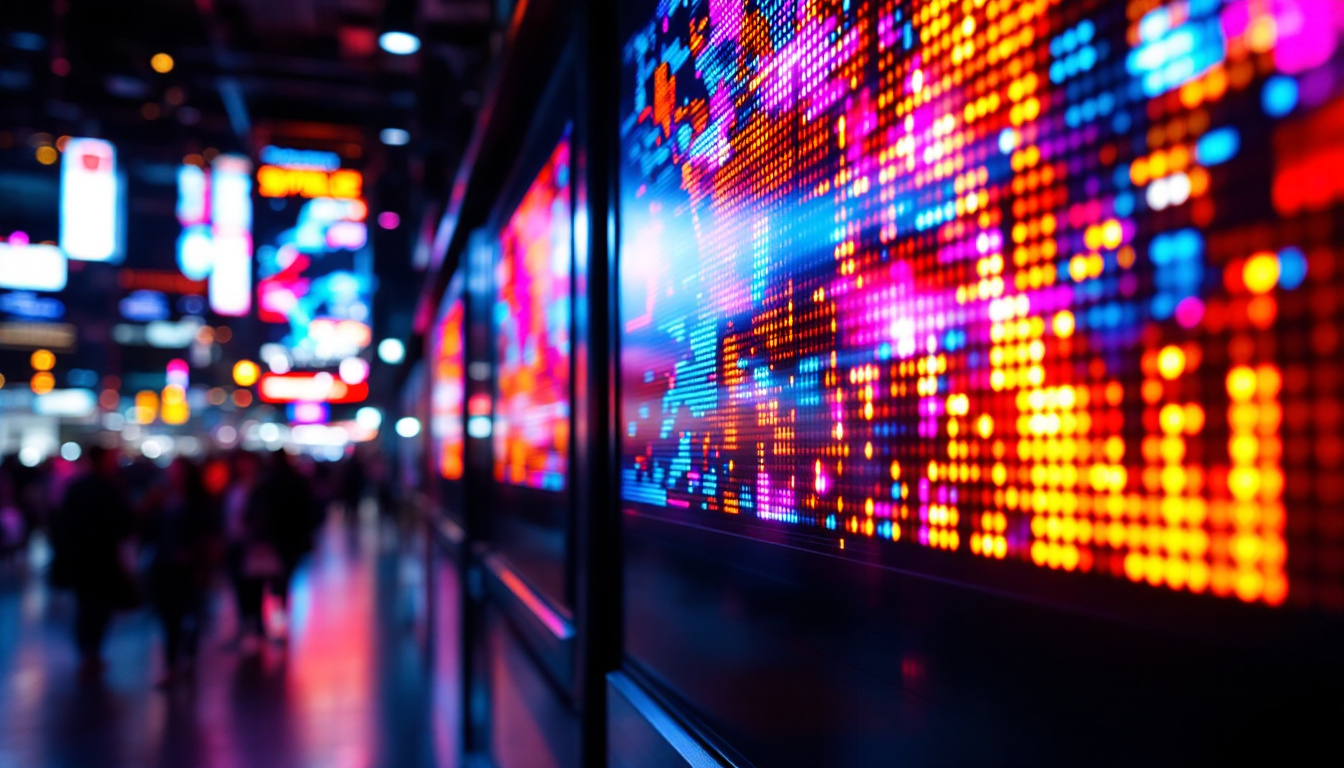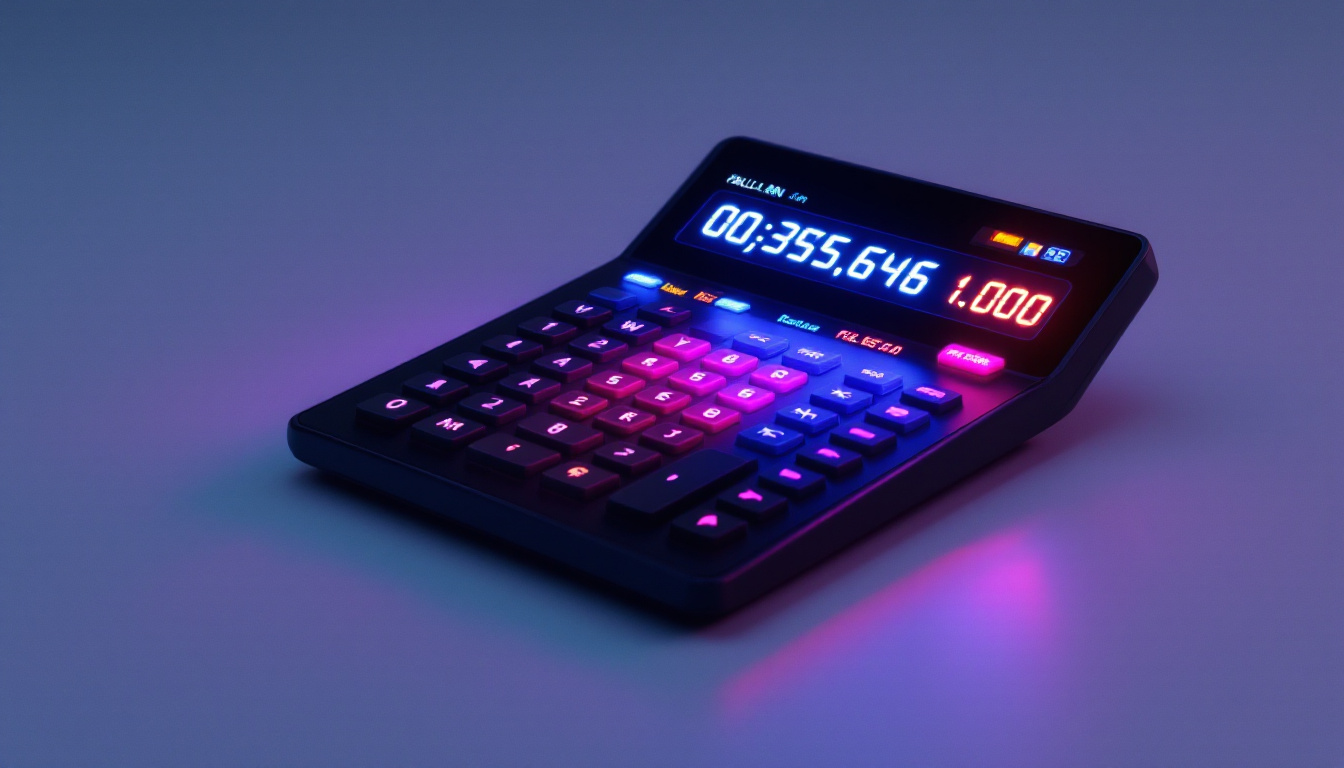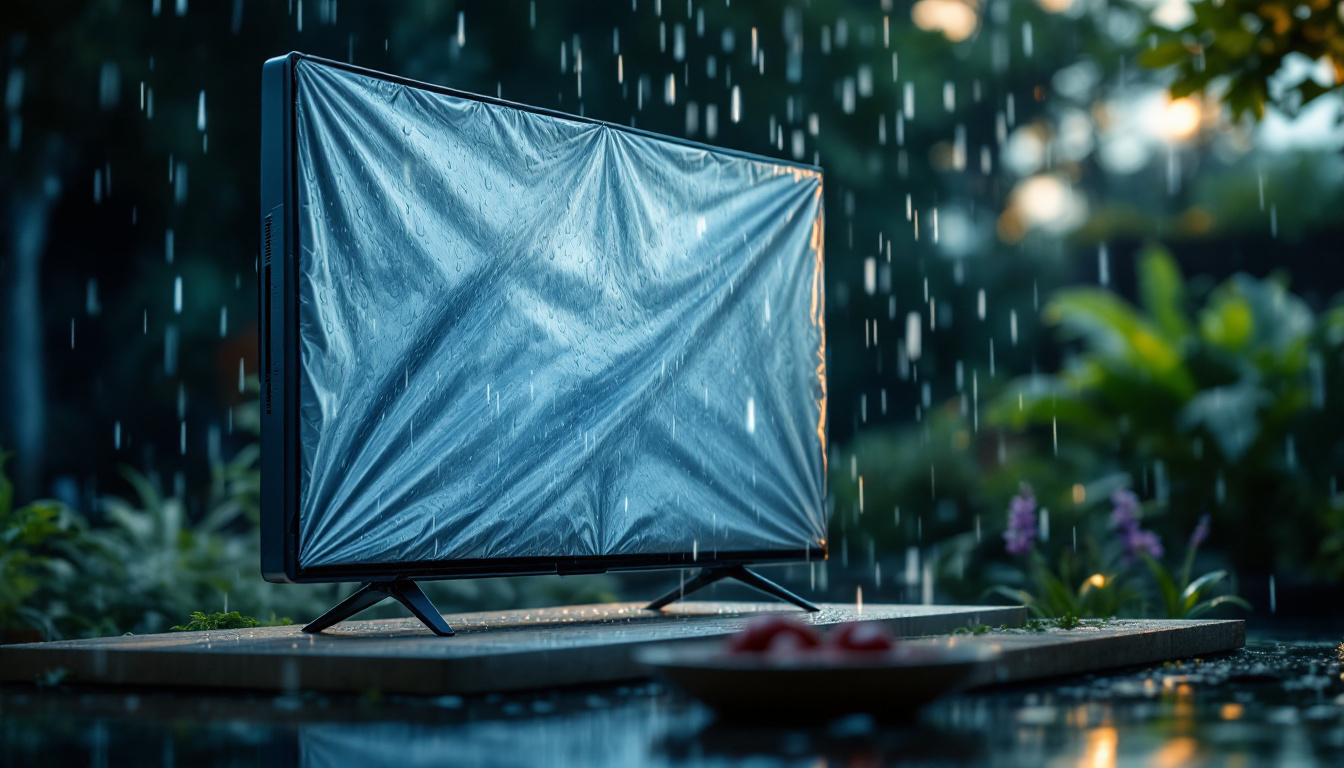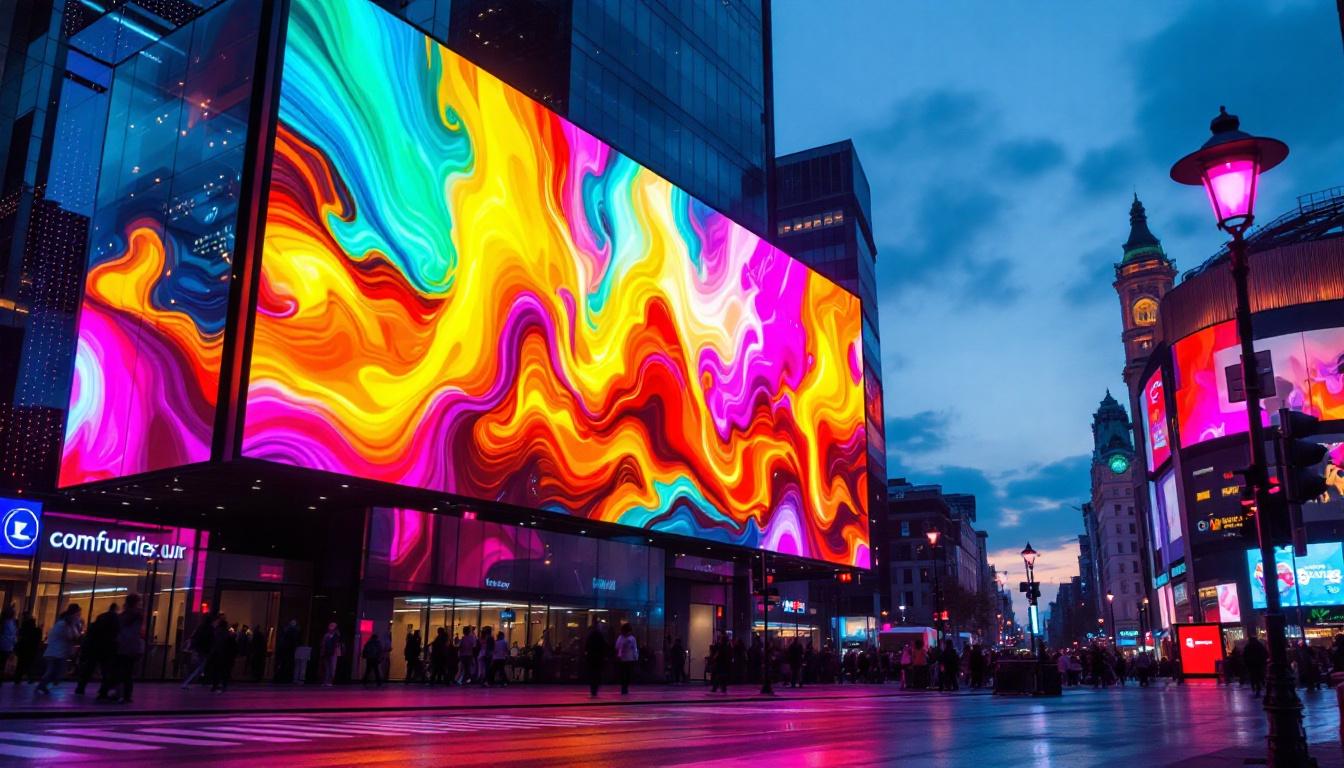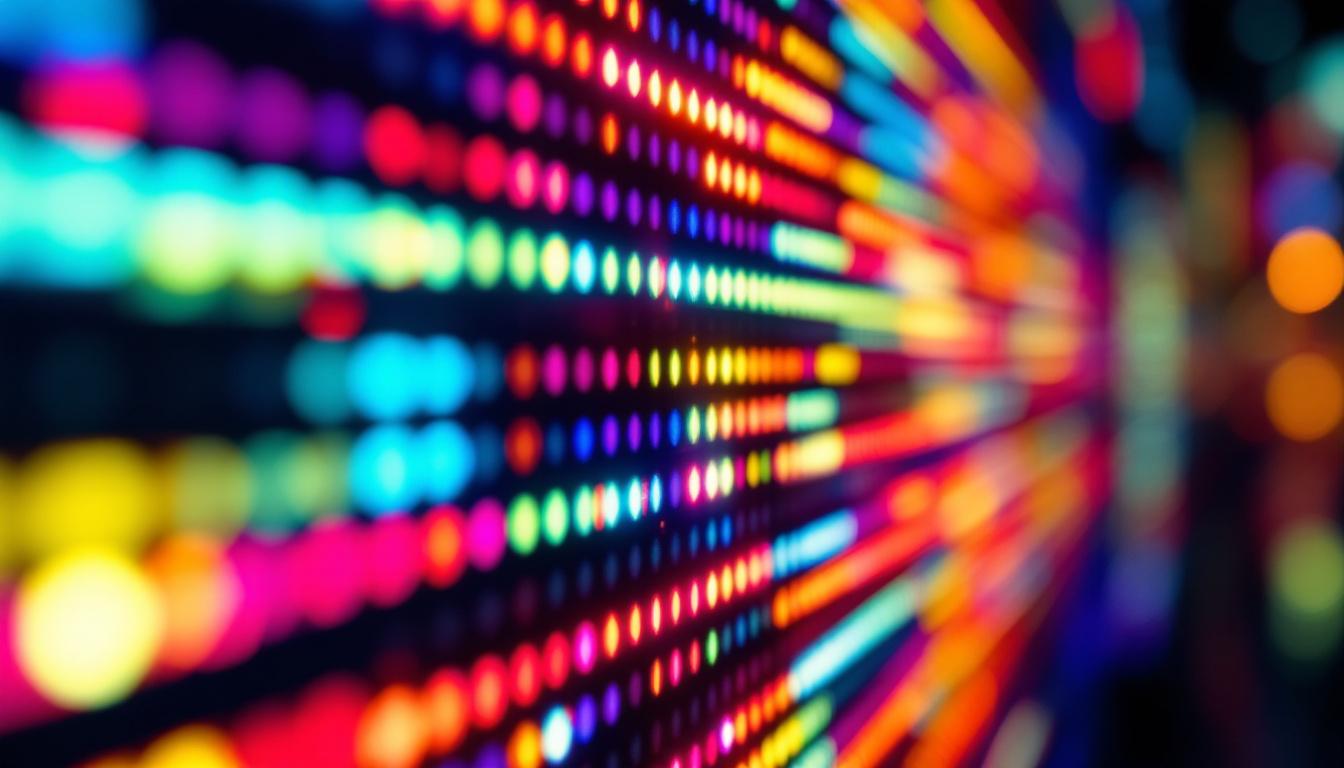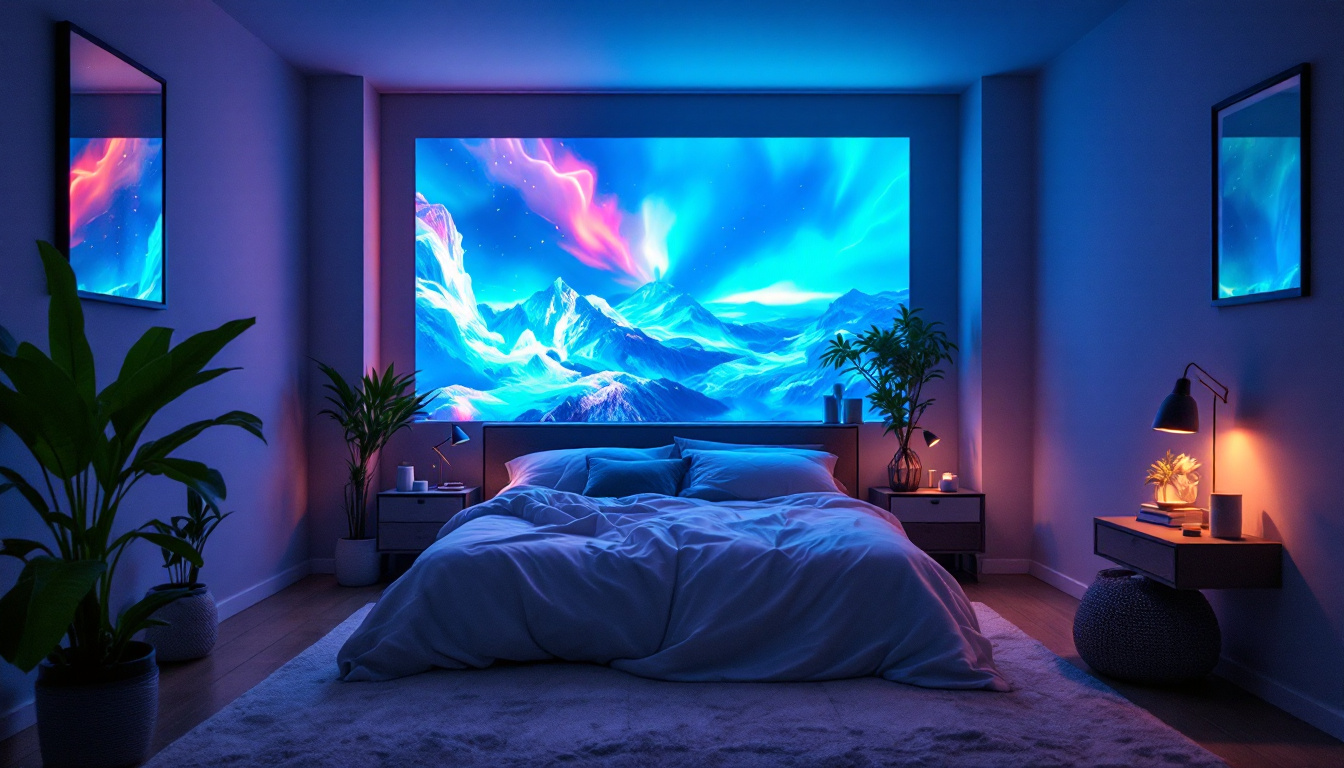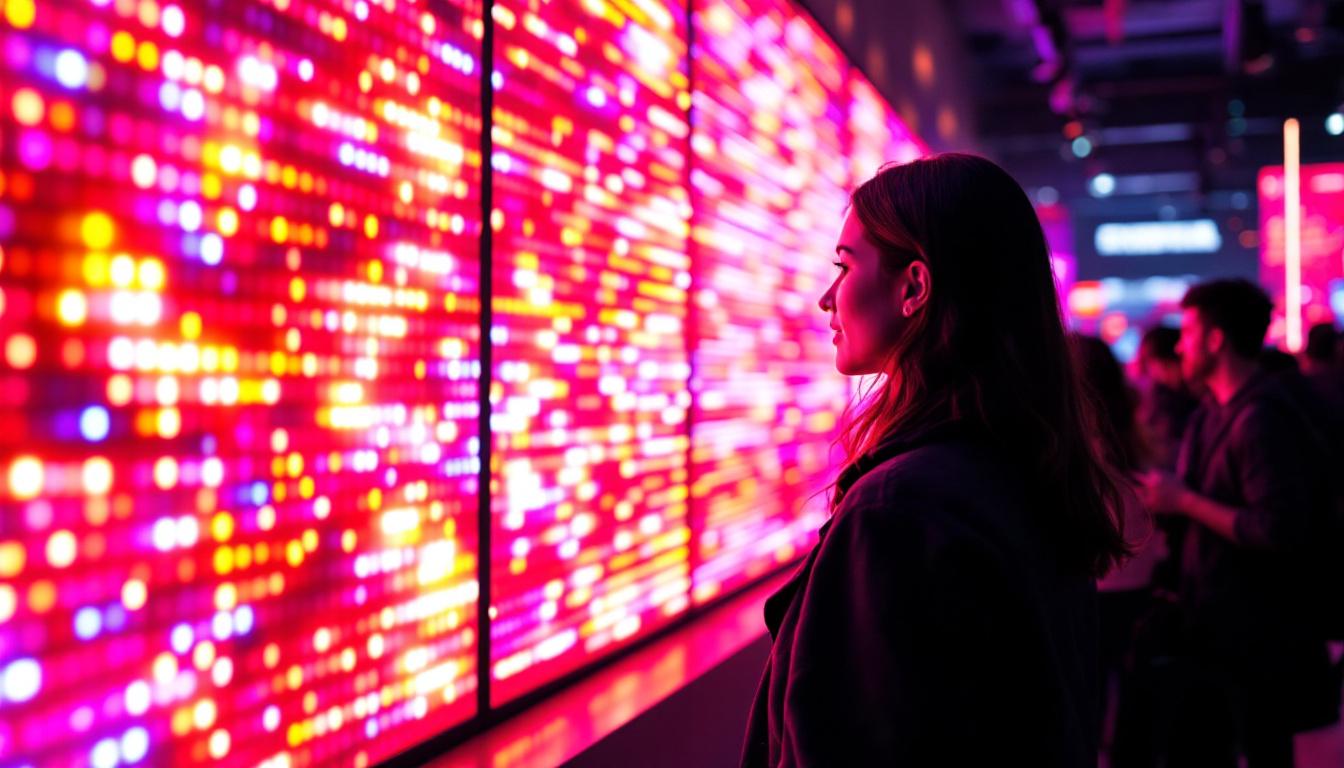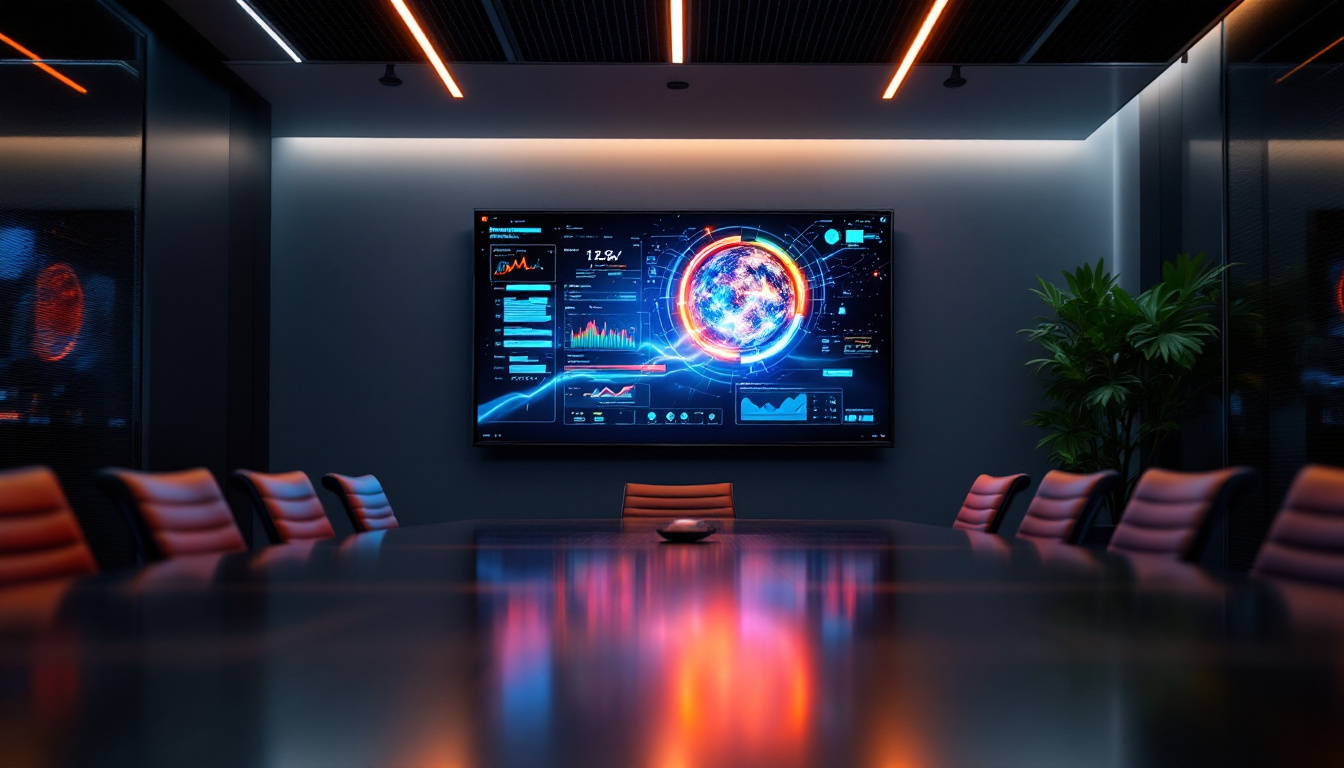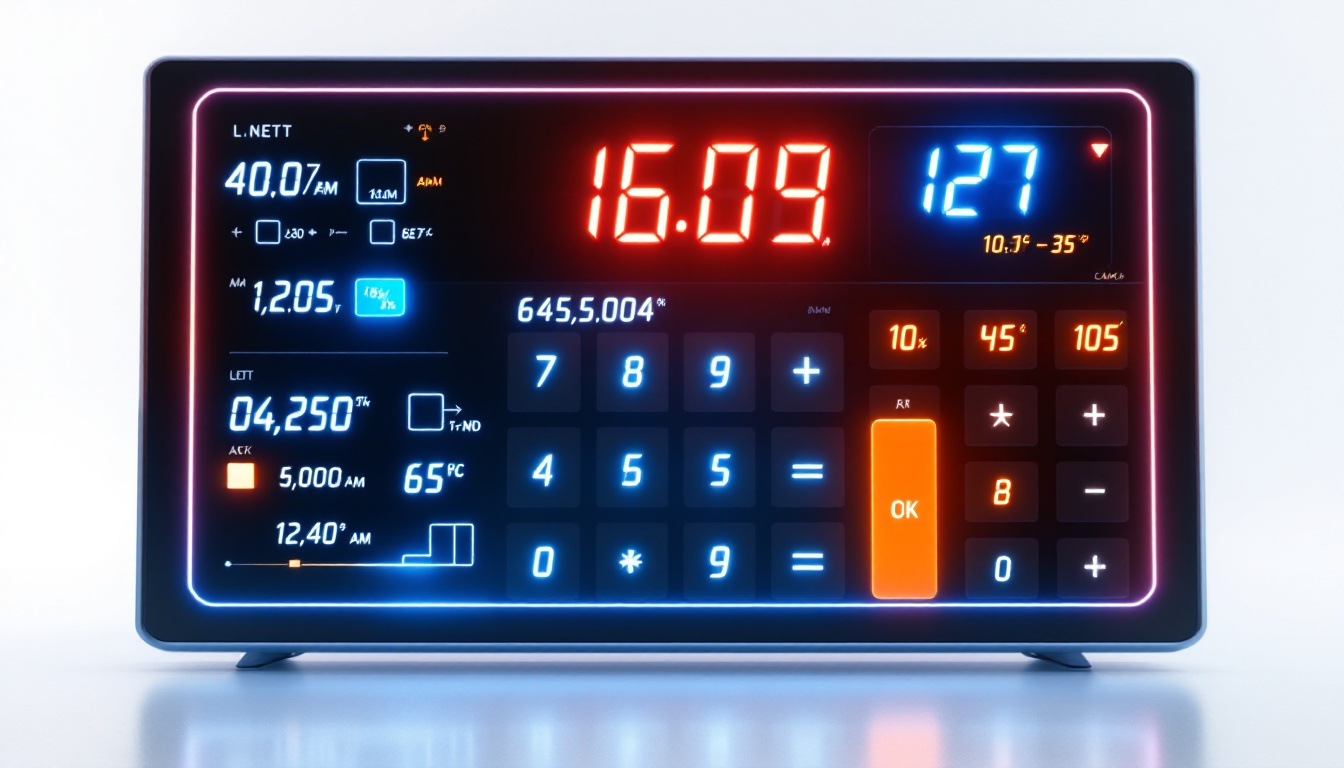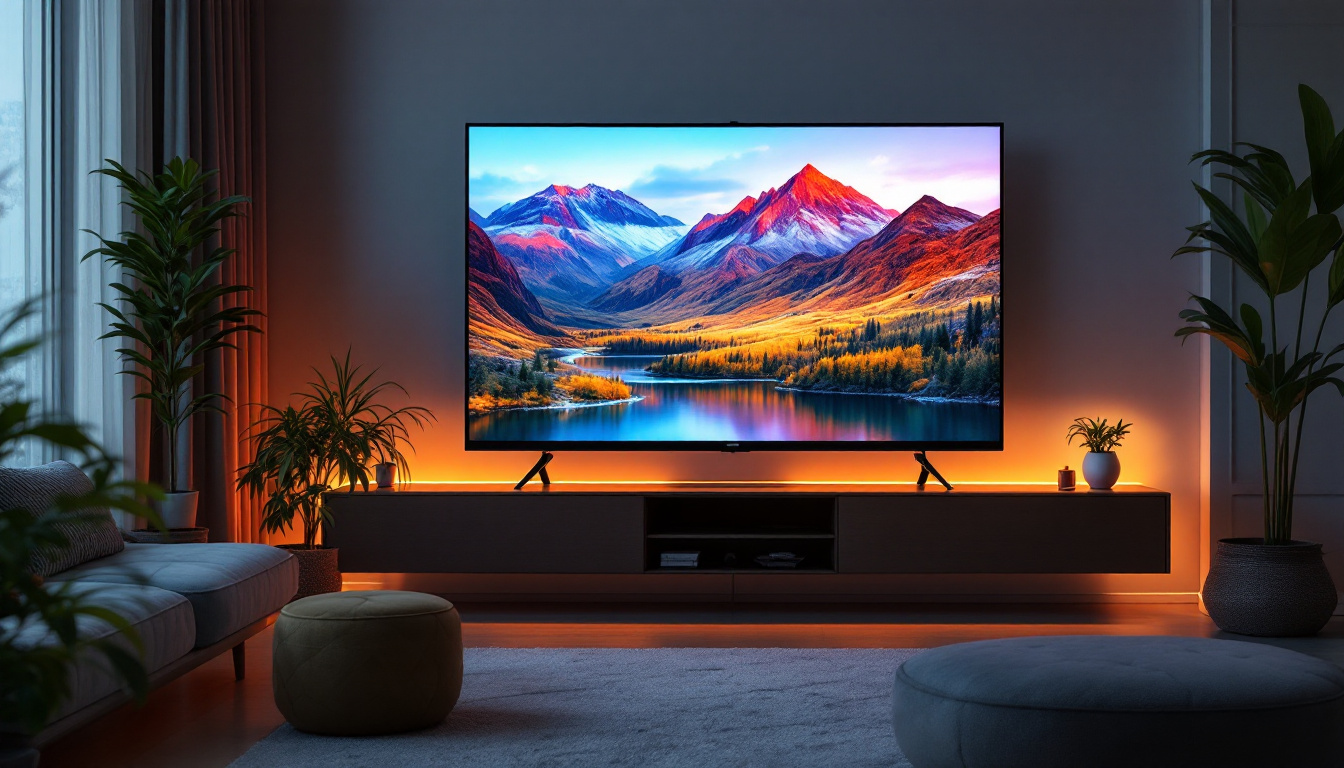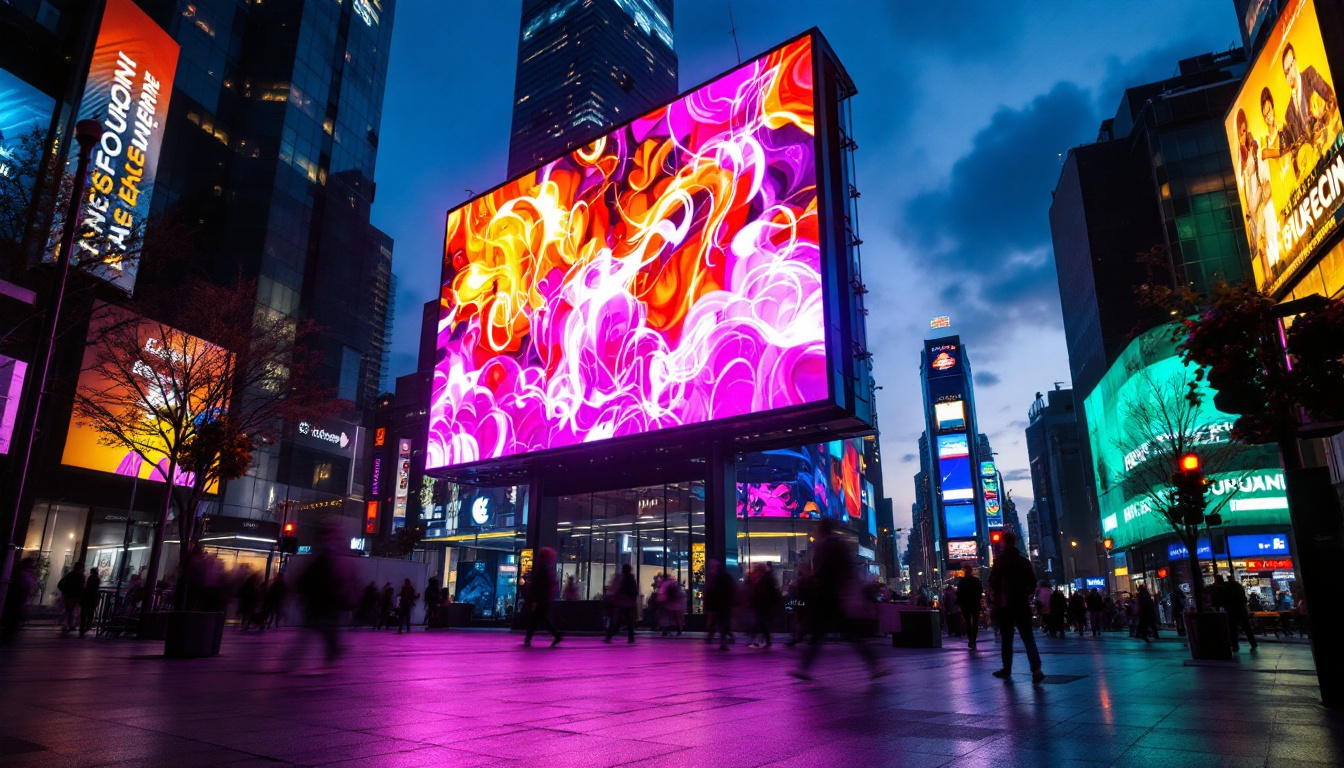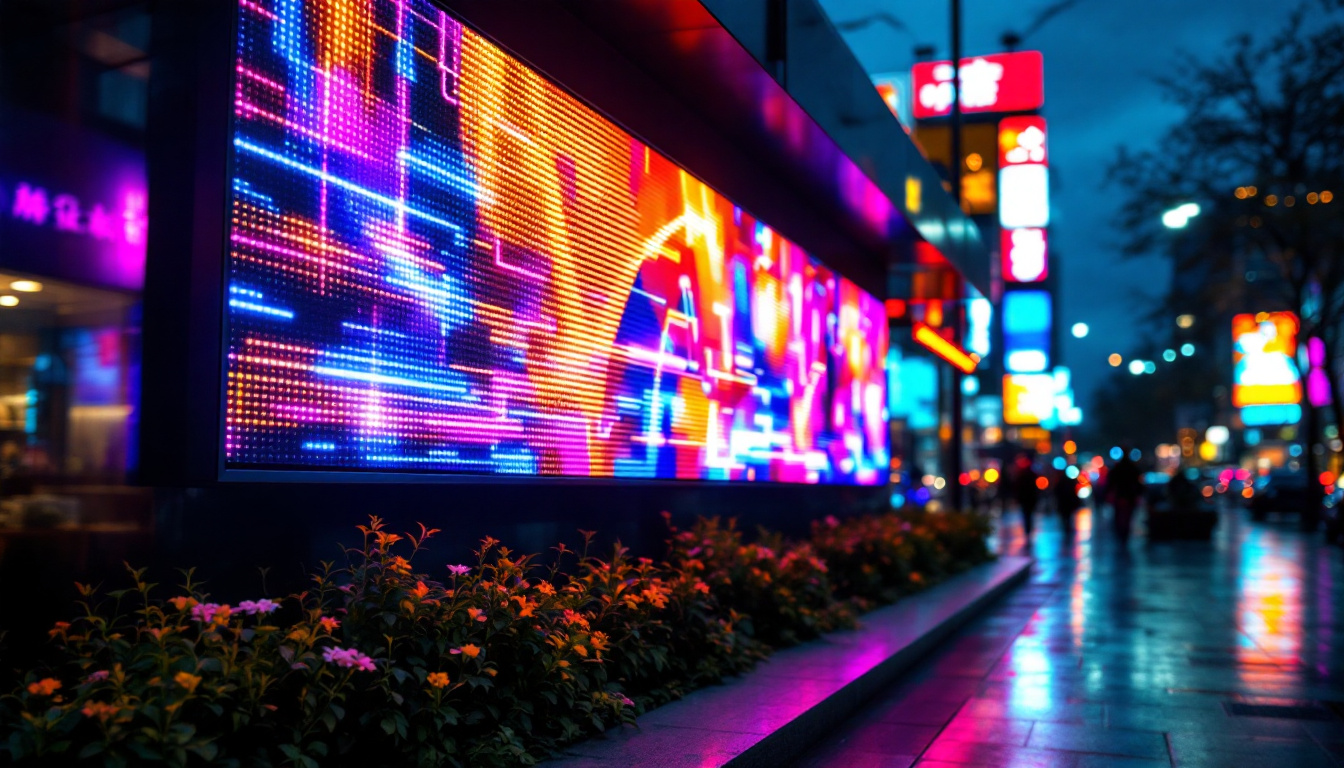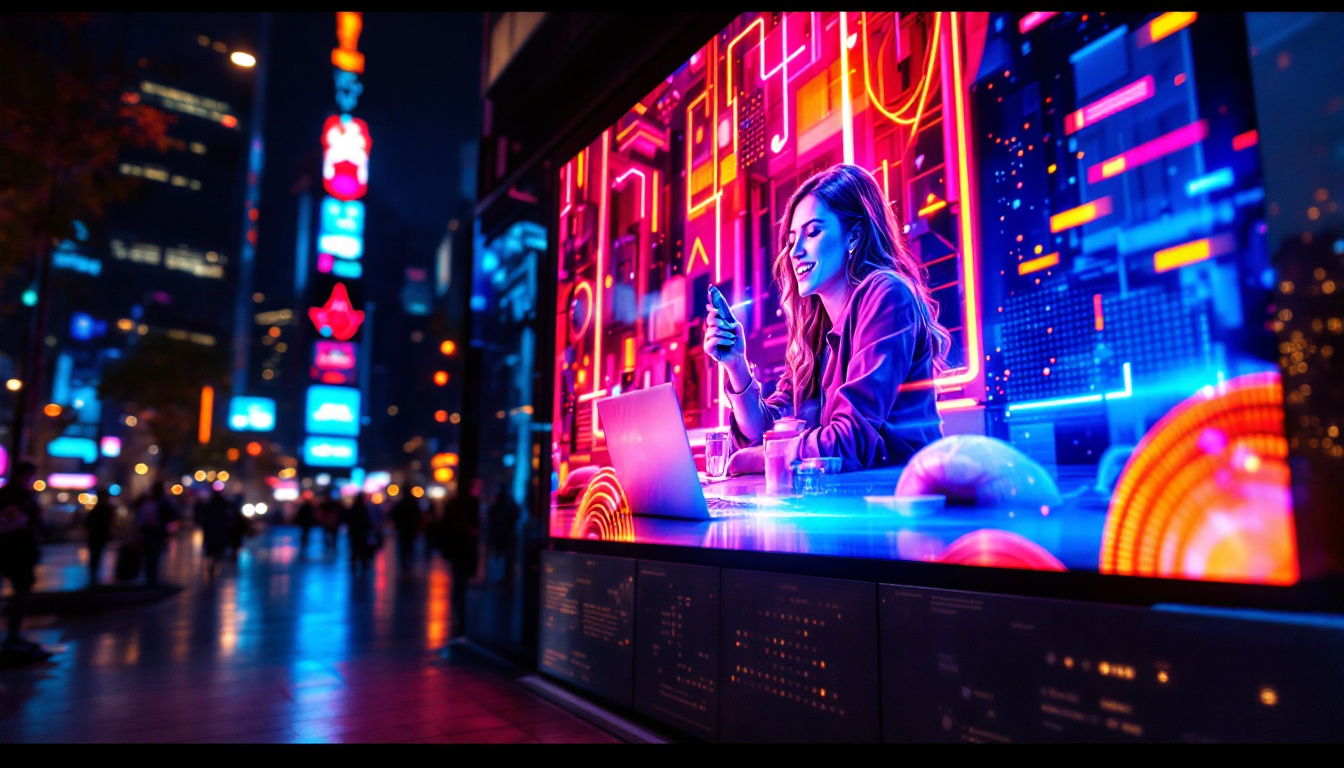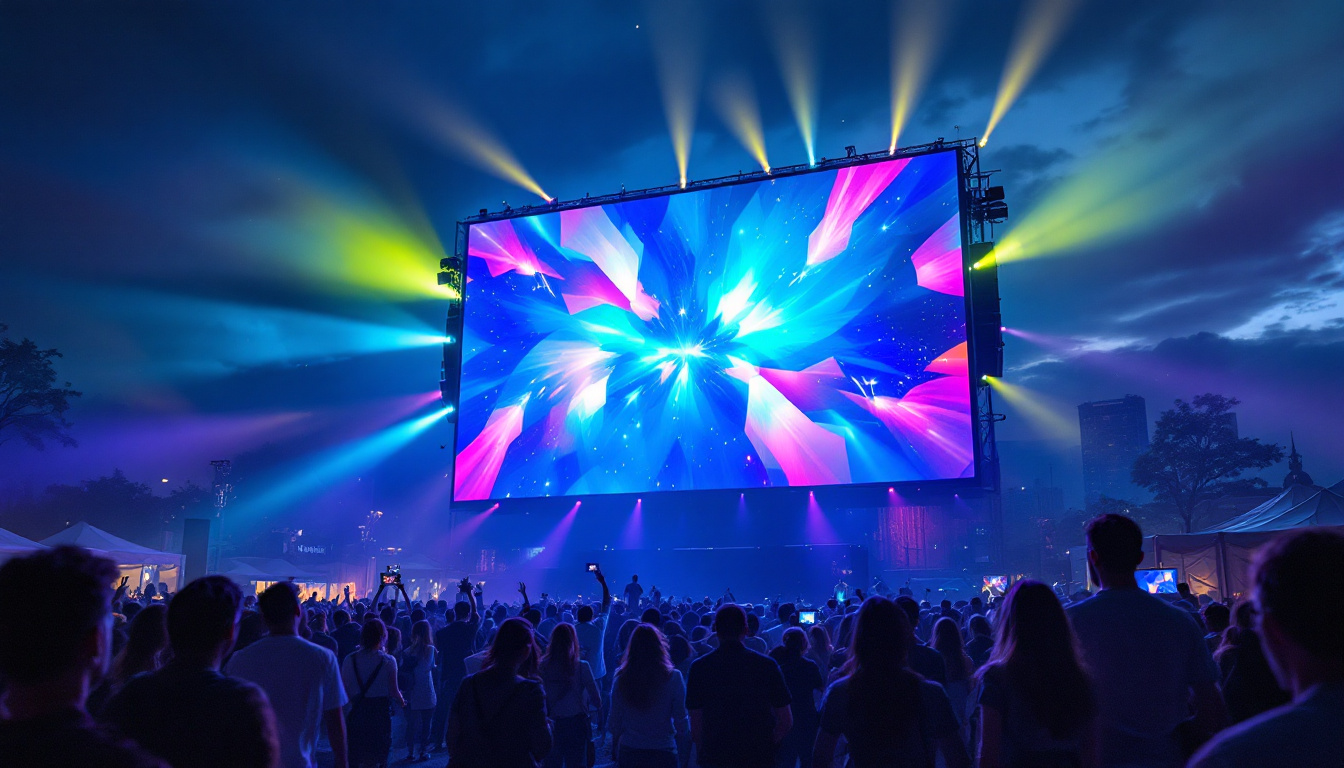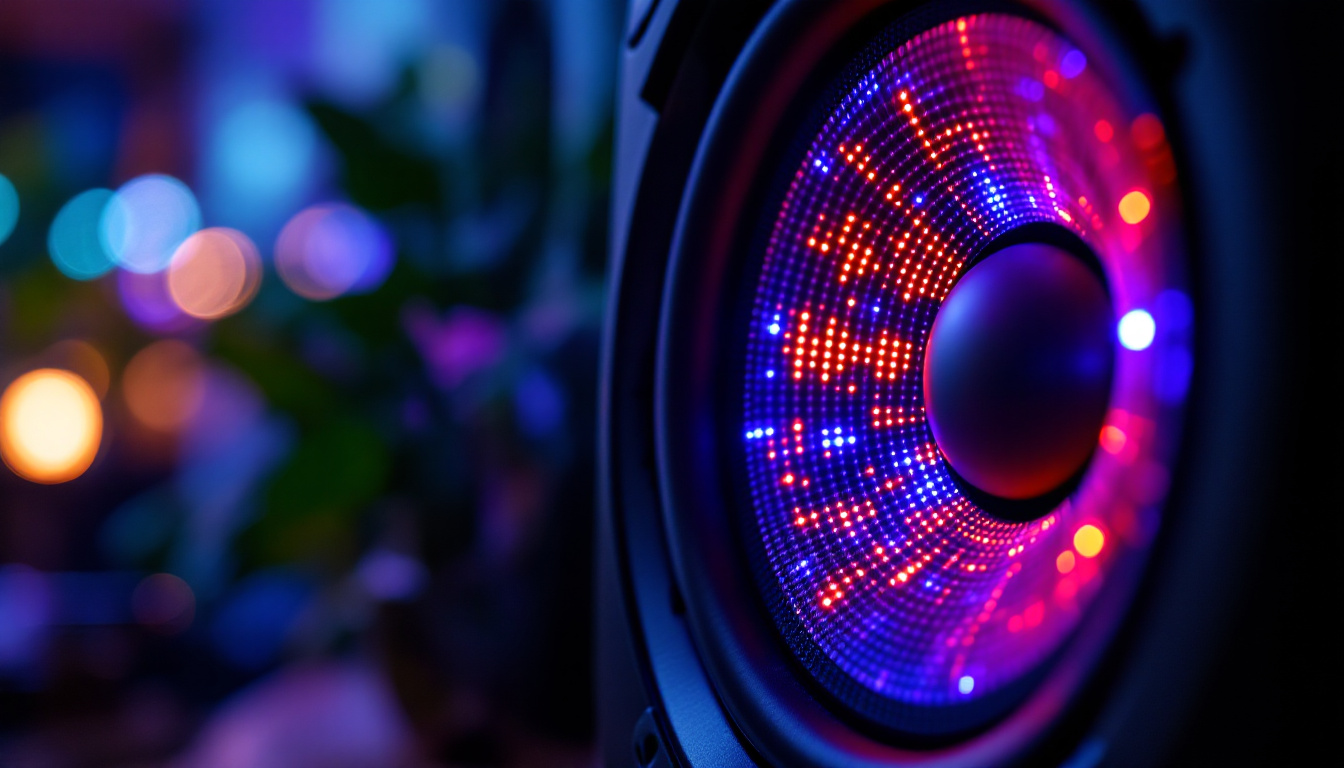In the modern world, timekeeping has evolved significantly from traditional analog clocks to advanced digital displays. Among the various types of digital clocks available, LED wall clocks stand out for their clarity, visibility, and modern aesthetic. This article delves into the intricacies of LED displays in digital wall clocks, exploring their technology, advantages, and applications.
Understanding LED Technology
Light Emitting Diodes (LEDs) are semiconductor devices that emit light when an electric current passes through them. This technology has revolutionized various industries, including display technology. In digital wall clocks, LEDs provide a bright and clear display that is easily readable from a distance. The compact size and durability of LEDs also allow for innovative designs in clock manufacturing, leading to more modern and stylish timepieces that fit seamlessly into any decor.
The Basics of LED Functionality
LEDs work on the principle of electroluminescence, where the movement of electrons through a semiconductor material generates light. This process is highly efficient, consuming significantly less power compared to traditional incandescent bulbs. As a result, LED displays have a longer lifespan and lower energy consumption, making them an environmentally friendly choice. Furthermore, the heat produced by LEDs is minimal, which not only enhances their longevity but also reduces the risk of overheating, making them safer for use in various applications.
Types of LED Displays
There are several types of LED displays used in digital wall clocks, including seven-segment displays, dot matrix displays, and alphanumeric displays. Seven-segment displays are the most common, consisting of seven individual segments that can be illuminated in various combinations to represent numbers and some letters. Dot matrix displays, on the other hand, consist of a grid of LEDs that can create more complex characters and symbols, providing greater flexibility in design. Alphanumeric displays combine the features of both, allowing for the representation of both numbers and letters, which is particularly useful for clocks that also display additional information such as the date or temperature.
Color and Brightness Variations
LED displays come in various colors, including red, green, blue, and white. The choice of color can impact readability and aesthetics. Brightness levels can also be adjusted, allowing users to customize their clocks for different environments. For instance, a brighter display may be necessary in well-lit areas, while a softer glow may be preferable in a bedroom setting. Additionally, the use of RGB (Red, Green, Blue) LEDs enables the creation of dynamic color-changing displays, which can enhance the visual appeal of digital clocks and make them more interactive, appealing to a younger audience or those who enjoy modern technology.
Moreover, advancements in LED technology have led to the development of smart clocks that integrate with home automation systems. These smart LED clocks can not only display the time but also sync with smartphones to provide notifications, weather updates, and even reminders. This integration of functionality and design showcases the versatility of LED technology, making it an integral part of contemporary lifestyle gadgets.
Advantages of LED Wall Clocks
Digital wall clocks with LED displays offer numerous advantages over their analog counterparts and even other digital options. These benefits make them a popular choice for homes, offices, and public spaces.
Enhanced Visibility
One of the primary advantages of LED wall clocks is their enhanced visibility. The bright, illuminated numbers are easy to read from a distance, making them ideal for large rooms or open spaces. This feature is particularly beneficial in workplaces where quick time checks are necessary, or in public areas like airports and train stations. Additionally, many LED wall clocks come with adjustable brightness settings, allowing users to customize the display according to their environment. Whether it’s a dimly lit room or a sunlit area, these clocks can adapt, ensuring optimal readability at any time of day.
Energy Efficiency
Energy efficiency is a significant consideration for many consumers today. LED wall clocks consume considerably less power than traditional clocks, leading to lower electricity bills and a reduced carbon footprint. This efficiency is especially important for clocks that are in constant use, as the savings can accumulate over time. Furthermore, the low energy consumption of LED technology contributes to a more sustainable lifestyle, aligning with the growing trend of eco-conscious consumerism. As more individuals and businesses seek to minimize their environmental impact, the adoption of energy-efficient devices like LED wall clocks becomes increasingly appealing.
Durability and Longevity
LEDs are known for their durability, as they are less prone to breakage compared to glass components found in traditional clocks. This durability translates to a longer lifespan, often exceeding 50,000 hours of use. As a result, users can enjoy their LED wall clocks for years without the need for frequent replacements. Additionally, many LED wall clocks are designed to withstand various environmental conditions, making them suitable for both indoor and outdoor use. Whether placed in a bustling office, a cozy living room, or even on a patio, these clocks maintain their functionality and aesthetic appeal, ensuring that they remain a reliable timekeeping solution for any setting.
Applications of LED Wall Clocks
The versatility of LED wall clocks allows them to be used in a variety of settings. From homes to commercial spaces, their applications are diverse and impactful.
Home Use
In residential settings, LED wall clocks serve both functional and decorative purposes. They can enhance the aesthetic of a room while providing an easy way to keep track of time. Many modern designs incorporate additional features, such as temperature displays or alarm functions, making them even more useful in everyday life.
Commercial Spaces
In commercial environments, LED wall clocks are essential for maintaining schedules and ensuring punctuality. They are commonly found in offices, conference rooms, and retail spaces. Their clear visibility helps employees and customers alike to stay informed about time, contributing to a more organized atmosphere.
Public Installations
Public installations of LED wall clocks can be seen in places like transportation hubs, schools, and hospitals. These clocks not only provide essential timekeeping but also enhance the overall functionality of the space. In such settings, the ability to read the time quickly and easily can significantly improve the user experience.
Choosing the Right LED Wall Clock
When selecting an LED wall clock, various factors should be considered to ensure that the chosen clock meets the specific needs of the environment.
Size and Design
The size of the clock is crucial, especially in larger spaces. A clock that is too small may be difficult to read, while one that is too large may overwhelm the room’s decor. Additionally, the design should complement the overall aesthetic of the space. Many manufacturers offer a range of styles, from minimalist designs to more elaborate ones, allowing consumers to find the perfect fit.
Functionality and Features
Beyond just displaying time, many LED wall clocks come equipped with additional features. Some clocks include built-in alarms, timers, or even Bluetooth connectivity for syncing with smart devices. Assessing the desired functionalities can help narrow down the options and ensure satisfaction with the final choice.
Price and Quality
Price is always a consideration when making a purchase. While it may be tempting to opt for the cheapest option, it’s essential to consider the quality and durability of the clock. Investing in a reputable brand may lead to better performance and longevity, ultimately providing better value for money.
Maintenance of LED Wall Clocks
Maintaining an LED wall clock is relatively simple, thanks to the durability of LED technology. However, some care can enhance its lifespan and performance.
Cleaning the Display
Dust and grime can accumulate on the surface of the clock, affecting visibility. Regularly cleaning the display with a soft, dry cloth can help maintain clarity. Avoid using harsh chemicals or abrasive materials, as these can damage the surface.
Battery Replacement
For battery-operated LED wall clocks, monitoring battery life is essential. Most clocks will exhibit signs of dimming or erratic timekeeping when the battery is low. Regularly checking and replacing the battery can prevent these issues and ensure consistent performance.
Software Updates
For smart LED wall clocks that connect to the internet or other devices, keeping the software updated is crucial. Manufacturers often release updates to improve functionality or fix bugs. Regularly checking for updates can enhance the user experience and keep the clock running smoothly.
Future Trends in LED Wall Clocks
The future of LED wall clocks looks promising, with advancements in technology paving the way for innovative features and designs. As smart home technology continues to evolve, so too will the capabilities of LED wall clocks.
Integration with Smart Home Systems
As smart home technology becomes increasingly prevalent, LED wall clocks are likely to integrate seamlessly with other devices. This integration could allow for features such as voice control, synchronization with smart lighting, or even displaying notifications from smartphones. Such advancements will enhance convenience and functionality, making these clocks even more valuable in everyday life.
Customizable Displays
Future LED wall clocks may offer customizable displays, allowing users to change the appearance based on personal preference or room decor. This could include options for different colors, fonts, or even animated designs, providing a unique touch to any space.
Improved Energy Efficiency
With ongoing research into energy-efficient technologies, future LED wall clocks may consume even less power than current models. Innovations in LED technology could lead to longer-lasting displays that require less frequent charging or battery replacements, further promoting sustainability.
Conclusion
LED wall clocks represent a significant advancement in timekeeping technology. Their bright displays, energy efficiency, and durability make them an attractive choice for various applications, from home use to public installations. As technology continues to evolve, the potential for LED wall clocks will only expand, offering even more features and benefits to users.
Understanding the intricacies of LED displays and their advantages can help consumers make informed decisions when selecting a digital wall clock. Whether for personal use or commercial applications, LED wall clocks are poised to remain a staple in modern timekeeping.
Explore Cutting-Edge LED Wall Clocks with LumenMatrix
Ready to experience the future of timekeeping? Discover the exceptional clarity, energy efficiency, and innovative design of LED wall clocks with LumenMatrix. As a pioneer in LED display technology, LumenMatrix offers a wide array of solutions, including Indoor and Outdoor LED Wall Displays, Vehicle LED Displays, and more, tailored to meet your unique needs. Elevate your space and captivate your audience with our advanced LED display modules. Check out LumenMatrix LED Display Solutions today and transform the way you view time.


